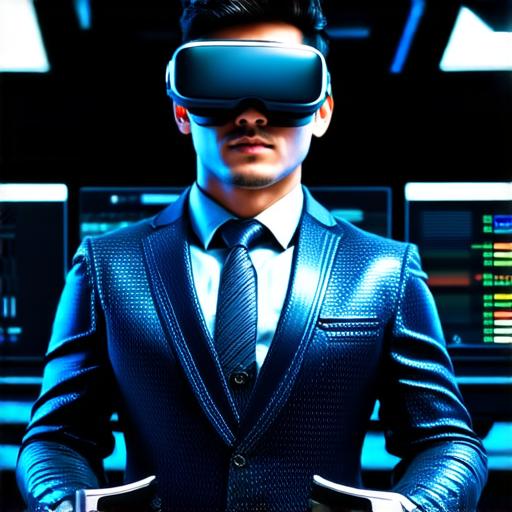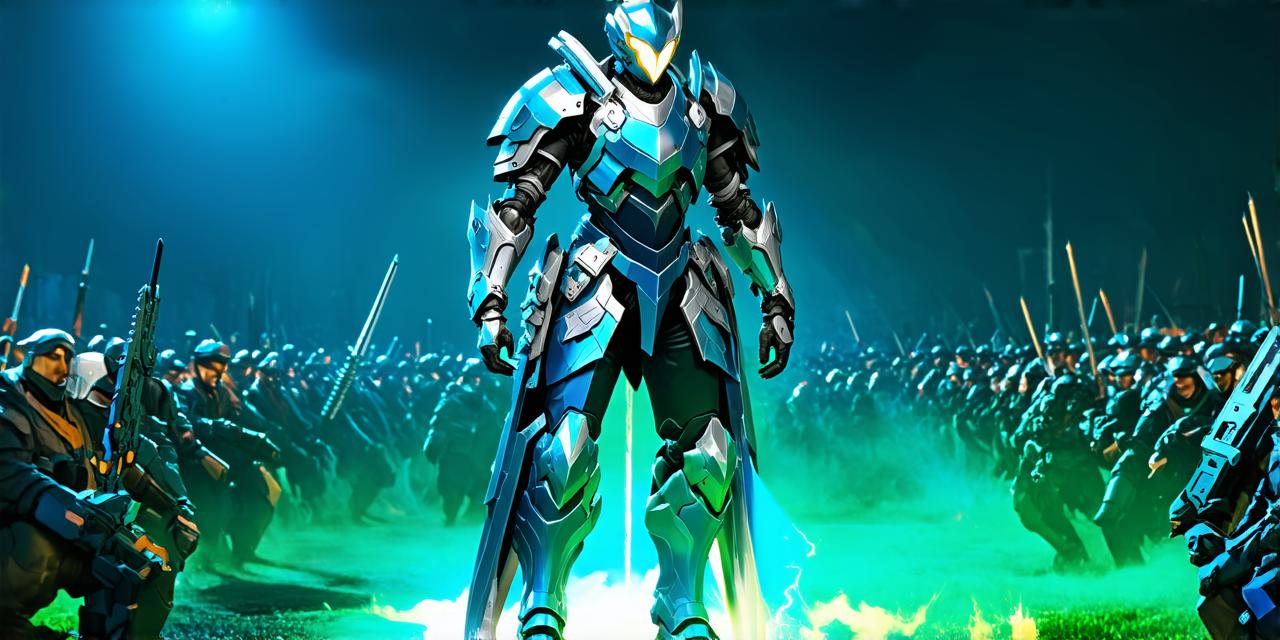<!DOCTYPE html>

1. High-Resolution Displays
One of the most important requirements for VR technology is high-resolution displays. These screens need to be able to display images with a resolution that’s high enough to create an immersive experience. A good VR headset should have a resolution of at least 1200 x 1080 pixels per eye, with a refresh rate of 90 Hz or higher.
According to Dr. Robert Baird, the CEO of Oculus, “We’ve learned over time that high-resolution displays are critical to creating a realistic and immersive experience.” This is why high-resolution displays are often used in VR headsets like the Oculus Quest 2, which has a resolution of 1832 x 1920 pixels per eye.
2. Low Latency
Another important requirement for VR technology is low latency. Latency refers to the time it takes for an action to be displayed on screen. In VR, even a small amount of latency can make the experience feel disconnected and unrealistic.
To achieve low latency, VR headsets use specialized hardware that’s optimized for real-time rendering. This includes GPUs (graphics processing units) and CPUs (central processing units), which work together to process data quickly and efficiently.
According to Dr. John Carmack, the CTO of Oculus, “Low latency is critical for creating a seamless VR experience. It’s one of the key factors that sets VR apart from traditional gaming and other forms of media.” This is why low latency is often cited as a major advantage of VR technology.
3. Motion Tracking
Motion tracking is another important requirement for VR technology. In order to create an immersive experience, VR headsets need to be able to track the user’s movements in real-time. This allows the system to adjust the environment and objects based on where the user is looking and moving.
There are several different types of motion tracking systems used in VR, including optical, ultrasonic, and magnetic tracking. These systems use cameras, sensors, or magnets to detect the user’s movements and translate them into digital inputs.
According to Dr. Richard Newell, the CEO of HTC Vive, “Motion tracking is critical for creating a truly immersive experience in VR. Without it, the environment would feel disconnected from the user.” This is why motion tracking is often considered a key feature of VR headsets like the HTC Vive Pro Eye, which uses optical tracking to provide a highly accurate and responsive experience.
4. Field of View
Field of view (FOV) refers to the amount of space that the user can see while wearing a VR headset. A wider FOV allows for a more immersive experience, as it creates a larger sense of presence in the virtual world.
The ideal FOV for VR varies depending on the application and the user’s preferences. For gaming, a wide FOV of 100-110 degrees is often preferred, while for healthcare and other applications, a narrower FOV of 60-70 degrees may be more appropriate.
According to Dr. Richard Gouveia, the CTO of Stereo Realities, “Field of view is an important consideration when designing VR experiences. It can greatly impact the user’s sense of presence and immersion in the virtual world.” This is why FOV is often cited as a key factor in determining the effectiveness of VR technology.
5. Comfort and Ergonomics
Finally, comfort and ergonomics are important considerations for VR technology. Wearing a VR headset for extended periods of time can be uncomfortable, and designs that don’t fit well can even cause physical discomfort or injury.
To address this issue, VR headset manufacturers have been focusing on improving comfort and ergonomics. This includes using lightweight materials, adjustable headbands, and comfortable padding.
According to Dr. Valerie Newell, the CEO of Valve Corporation, “Comfort is a crucial factor in determining the success of VR technology. If users don’t feel comfortable wearing a headset, they won’t use it for long.” This is why comfort and ergonomics are often cited as key factors in VR design.
In conclusion, virtual reality technology has the potential to revolutionize a wide range of industries. But to achieve this, we need to understand the key requirements that make VR effective and engaging. From high-resolution displays to motion tracking and comfort, these factors are all critical for creating an immersive experience that feels real. By focusing on these requirements and continuing to innovate, we can unlock the full potential of VR technology and create a better future for everyone.
